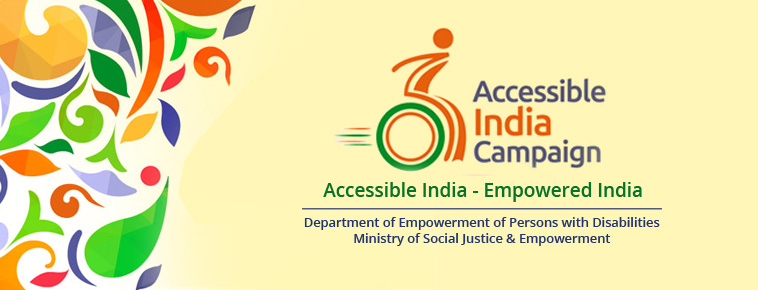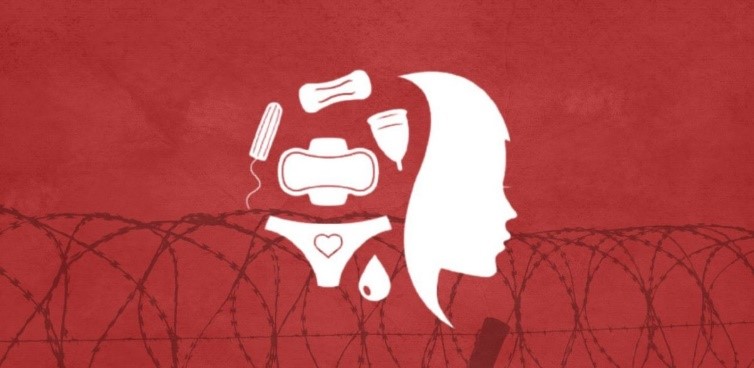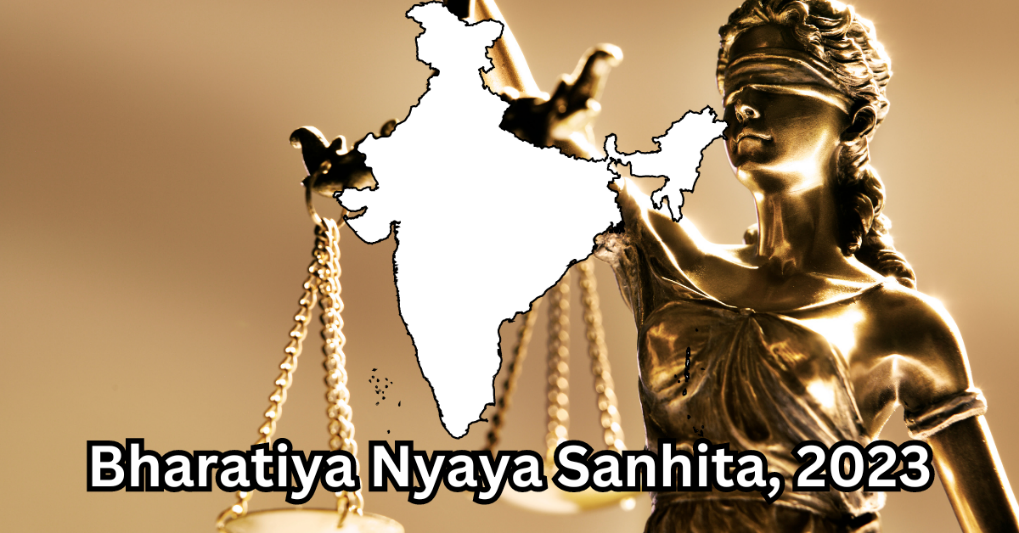Description

Disclaimer: Copyright infringement not intended.
Context:
- Only around 8% of public buses have become fully accessible under the Accessible India campaign according to government data.
Disability:
- Disability results from the interaction between persons with impairments and attitudinal and environmental barriers that hinders their full and effective participation in society on an equal basis with others.
- Persons with disabilities include those who have long-term physical, mental, intellectual or sensory impairments, which in interaction with various barriers may hinder their full and effective participation in society on an equal basis with others.
Disability in India:
- The population with disabilities is around 26.8 million, constituting 21% of India’s total population according to Census 2011.
About Accessible India Campaign:
- Accessible India Campaign (Sugamya Bharat Abhiyan) is a nation-wide Campaign launched in 2015 by Ministry of Social Justice & Empowerment to provide universal accessibility to persons with disabilities.
Aim and Objectives:
- The campaign aims at providing equal opportunity to persons with disabilities to participate in all the aspects of life and live independently.
- The Sugamya Bharat Abhiyan focuses on developing accessible physical environment, transportation system and Information & communication ecosystem.
- It aims to develop an inclusive society in which equal opportunities and access is provided for the growth and development of Persons with Disabilities.
|
India’s Obligation
India is a signatory to the UN Convention on the Rights of Persons with Disabilities (UNCRPD).
Article 9 of UNCRPD casts an obligation on all the signatory governments to take appropriate measures to ensure to persons with disabilities access, on an equal basis with others, to the physical environment, to transportation, to information and communications, including information and communications technologies and systems, and to other facilities and services open or provided to the public, both in urban and in rural areas.
|
Components of Accessible India Campaign:
- Accessible India Campaign (Sugamya Bharat Abhiyan) has the following three important components
- Built Environment Accessibility
- Transportation System Accessibility
- Information and Communication Eco-System Accessibility
Strategies followed under the scheme:
- Leadership endorsements of the campaign,
- Mass awareness,
- Capacity building through workshops,
- Interventions (legal frame-work, technology solutions, resource generation, etc.
- Leverage corporate sector efforts in a Public-Private Partnership.
Mixed Performance:
- All 35 international airports and all 709 A1, A and B category railway stations have accessibility features.
- 5% of the government buildings had been made accessible, as against the target of 50%.
- Only 8.73% of government-owned buses were fully accessible, as against the target of 25%.
- Central Public Works Department reported completing retrofitting of 1,030 of the 1,100 selected buildings in 2020-21.
- Department launched ‘Sugamya Pustakalaya’- an online library for Persons with Print Disabilities centered on achieving ‘Universal Accessibility’.
Suggestions in general:
- Move away from the ‘charity-based approach’ to the ‘rights-based approach’ to address Systemic attitudinal apathy and discrimination against persons with disabilities.
- A stronger law with a greater scope and strict penalties for non-implementation unlike the current Persons with Disabilities Act 1995.
- The government could promote organizations to make their existing premises and infrastructure accessible, with the spend on this included as part of CSR.
- Add a norm and create a checklist on Universal Access that must be satisfied.
- The private sector needs to be encouraged both by the GOI and the disabled community to make their products and services disability friendly. A few examples – private news channels could have bulletins in sign language for the hearing impaired, radio cab companies could introduce Wheelchair Accessible Vehicles with ramps and restaurants should upload their menus on tablets with software that read them out to the visually challenged customer.
Final Thought:
- The eventual success OF Accessible India will depend on the level of engagement of all stakeholders in moving this campaign forward.
https://epaper.thehindu.com/Home/ShareArticle?OrgId=GP49H5FSR.1&imageview=0












